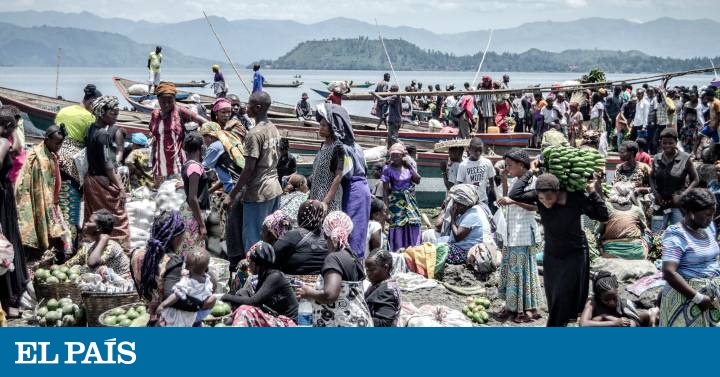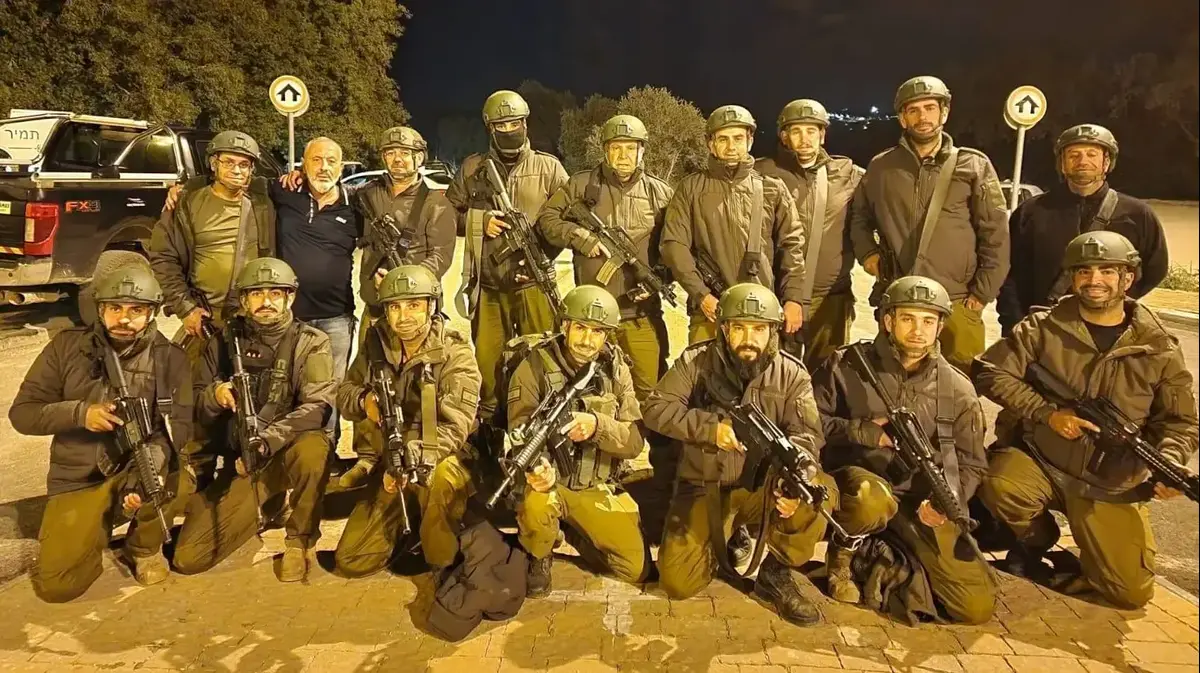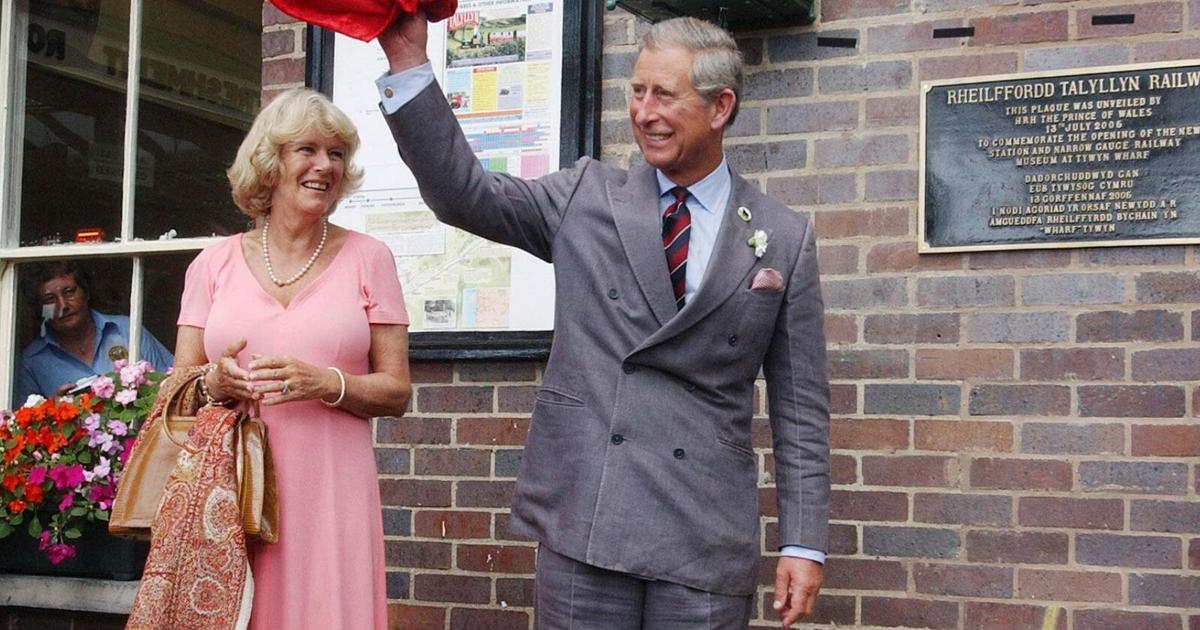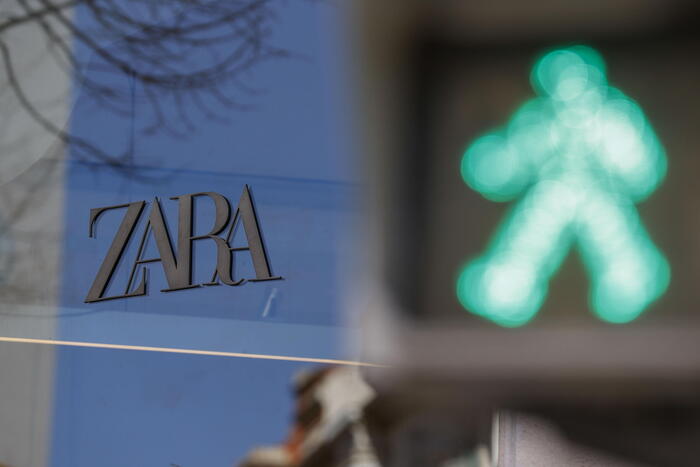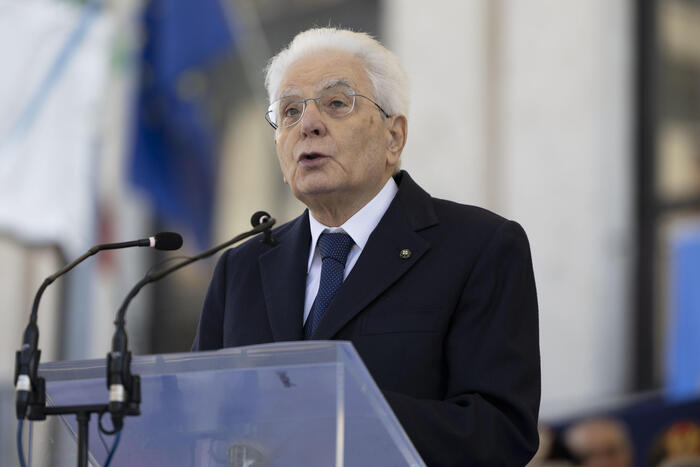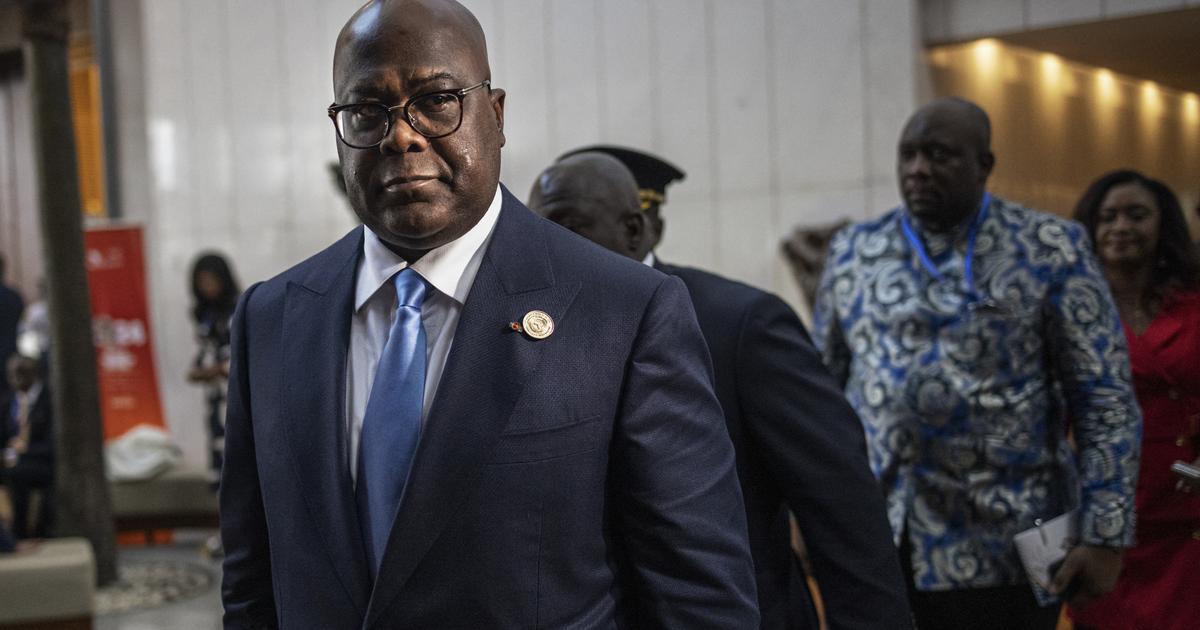Looking at the photographs of Moses Sawasawa at the Kituku market, just a week after the Democratic Republic of the Congo had declared a state of emergency last March, it would appear that there is not even a pin. Much less the interpersonal distance that the country's health authorities implored in the media. But, when electricity often doesn't come to refrigerate food, spending it on television or radio is not a priority even in the days of covid-19. This is the case in Goma, where this market bathed by Lake Kivu is located, which has been portrayed by Sawasawa, one of the photographers of Congo in Conversation , an initiative that the Carmignac Foundation has devised to adapt the eleventh edition of its award, which this year is dedicated to this African country.
MORE INFORMATION
- Starving to death from coronavirus
- Uganda's powerful weapon against covid-19
- Get up early to sell fruit instead of looking for lions
The Carmignac Prize recognizes each year the work of a photojournalist who funds the preparation of a report based on human rights and the environment on the ground for six months. This year the winner had been the Canadian photographer Finbarr O'Reilly and had been commissioned to move to the Democratic Republic of the Congo, after in previous editions the foundation had been exposed to the realities of Gaza, Pakistan, Zimbabwe, Chechnya, Iran, French Guiana, Libya, Nepal, the Arctic, and the Amazon.
The jury's decision came two months before the country confirmed its first case of coronavirus infection and limited mobility. So to save this edition, the promoters of the award have had to give it a new approach. Trying to maintain the spirit of the award, which aims to delve into complex realities, the foundation has opted for a new mechanic until the original concept can be recovered when the borders reopen. This change means that a team of seven Congolese photographers work, under the coordination of O'Reilly, to shape Congo in Conversation , a kind of logbook of how the pandemic is lived in this country located in the core of Africa.
Seven Congolese photographers work to shape a kind of logbook of how the pandemic is lived in this country located in the core of Africa
All the figures that come to us from the Democratic Republic of the Congo are bombastic. Country almost five times bigger than Spain, the second in size of the African continent; more than eighty million inhabitants, as many as its cultivable hectares; more than half of the world's cobalt reserves and 70% of coltan, on which any electronic device depends, as well as gold, diamonds, tin and tantalum that make the Congo the mineral paradise. But 85% of its mining production is in foreign hands and here this data exposure begins to distort: 58 million people in the Democratic Republic of the Congo live in extreme poverty, according to the World Bank; 1.8 million displaced people in the country in 2018 alone, according to the Internal Displacement Monitoring Center (IDMC) and 1.7 million Congolese emigrants worldwide in the last year, according to the UN. Added to this is the estimate of more than five million deaths in the east of the country since 1996 due to the so-called African World War, which brought the genocide of neighboring Rwanda to its borders and which has left hundreds of armed groups scattered through the territory and countless deceased people in its path.
These macro-figures associated with the Democratic Republic of the Congo do not match their data from covid-19, which, as of August 2, amounts to more than 9,115 infected and 215 dead. However, Sawasawa is not optimistic about it: “This pandemic affects everything, including the dollar, which was costing 1,600 Congolese francs and is currently selling for 1,800, 1,900 or even 2,000 Congolese francs. The instability of exchange rates and the closure of borders are part of the consequences of the coronavirus in the DR Congo, and in particular in Goma ”. Therefore, he says: "This virus will have a greater negative impact on the population that lives day by day."
The Congolese informal economy represents between 80 and 90% of its employment, according to the International Labor Organization (ILO), and when what is earned each day is the sustenance that supports entire families, there is no gap for interpersonal distance It is invoked from Kinshasa, its capital, located more than 1,500 kilometers from Goma. “The market continues to function. Sellers have to wash their hands upon entering and they are supposed to respect social distancing, but for us, respecting a meter of distance in the market is impossible. Informal trade involves close contact and hand-to-hand cash transactions, ”says Sawasawa on the initiative's website where he publishes his photographs.
Even so, when interviewing him, he insists that what can help the situation not worsen is respect for preventive measures, "although it is a little difficult to respect them in my country, especially in my city, Goma," he explains, where, such And as concrete in the platform, people keep going to the markets not because they don't care about their health, but because it is an absolute necessity. “Millions of Congolese depend on some type of daily or street trade. We do not have the luxury of observing social distancing or staying indoors for days or weeks, ”says the photographer. The United Nations numbers more than fifteen million people in need of humanitarian assistance in the Democratic Republic of the Congo, figures prior to the outbreak of the pandemic.
As a young Congolese photographer, I am proud to play an active role in the fight against this global pandemic.
Moses Sawasawa, photographer
This virus is one of three currently facing the country, with 6,000 people killed by measles in the past year and new cases of Ebola emerging. Goma is the capital of the province of North Kivu and, in the words of this photographer, what is most contagious there right now is the reproduction of false news. “Disinformation is spreading, especially through social media. Since the declaration of a state of emergency, rumors have spread almost everywhere, on Facebook and among WhatsApp groups, with messages saying that the virus does not exist. The consequences are dangerous because, if people believe that covid-19 does not exist, they are not going to protect themselves from it and that can cause a very fast contagion ”.
The paper endures everything and words like scarcity, epidemic or violence that usually accompany cities like the Congolese Goma do not, nor do they, justice. “I grew up in a war environment, but I don't have to photograph the war because it is not the only thing in my community. I prefer to capture everyday life because, despite the conflicts, people are working, studying and starting projects. What interests and fascinates me about photography is the human, especially women and children, who are almost omnipresent in my photos. However, I cannot dissociate the environment from the subjects I photograph because it defines their identity. They are actors in a scene that I capture from my lens on a daily basis, ”Sawasawa explains via email.
This is the case of the seamstress who stars in one of her photographs of Congo in Conversation in the Majengo market, one of the city's neighborhoods. "The image deeply moved me because, having no clients for the covid-19, she focuses on her phone to entertain herself and forget about the worries she will find at home when she returns," she says. Moses Sawasawa sees his work in this project as "a way out to forget" the precarious political situation that has affected his province for more than a decade and to demonstrate to the whole world that, despite the war, the Congolese youth has many talents. "As a young Congolese photographer, I am proud to play an active role in the fight against this global pandemic."
You can follow PLANETA FUTURO on Twitter and Facebook and Instagram, and subscribe here to our newsletter .

